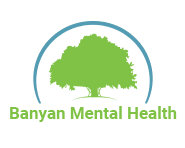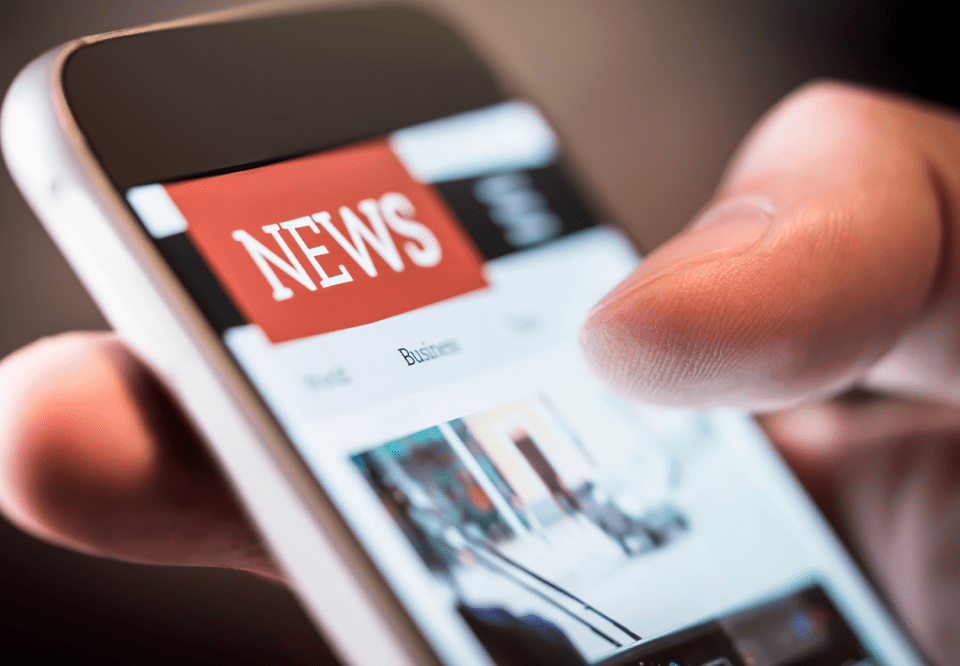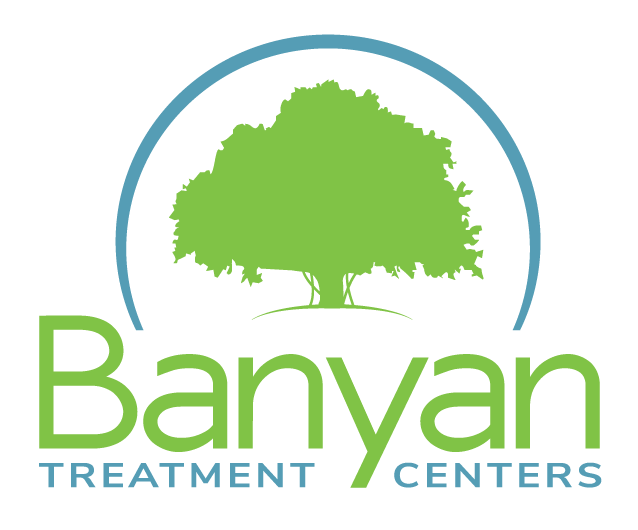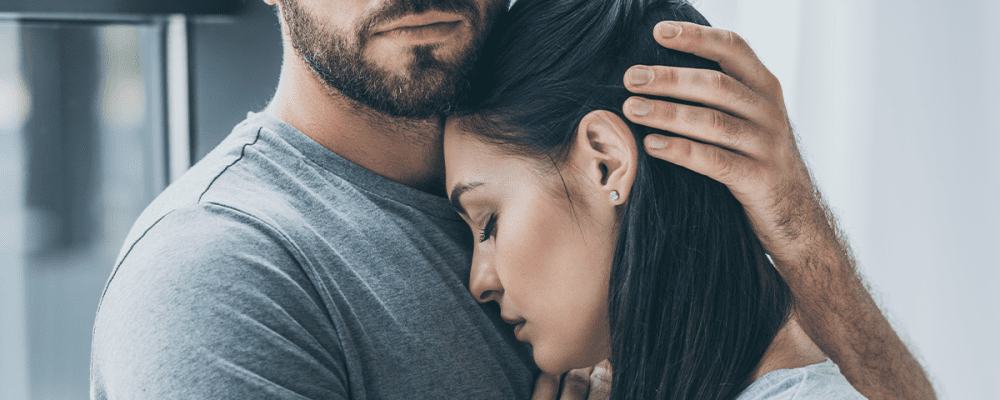


Can You Be Addicted to a Person?
July 21, 2022

Residual Schizophrenia: Signs, Symptoms, & Treatment
August 9, 2022Common Unconscious Bias Examples
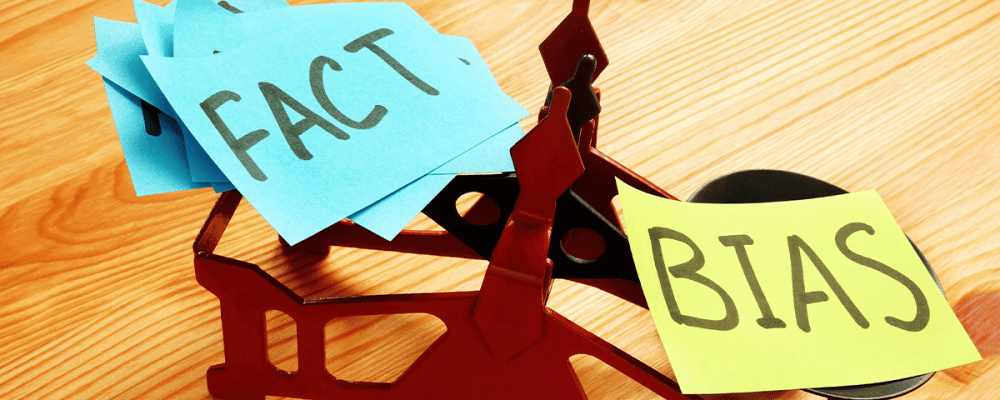

Whether we realize it or not, we view people based on our unconscious biases. These biases influence the way we think, the way we interact with colleagues, and even with who we interact. Our brain processes millions of pieces of information per second. Unconscious biases act as mental shortcuts that aid us in decision-making.
That being said, it’s understandable how these biases can lead to skewed judgments, prejudice, and reinforcement of stereotypes, which can do more harm than good for anyone. Today, our center for mental illness treatment in Boca is sharing some common unconscious bias examples and how to counteract them.
Risks of unconscious bias can range from determining who’s recruited or promoted in the workplace to how doctors prescribe medications and treat their patients. In many cases, as seen in history, unconscious bias has led to genocide and slavery. While society is fairly more aware today of bias (in general) than we were years ago, we must still be mindful of these traits.
For more information about our Banyan mental health care in Boca Raton and how we can help you, call Banyan Treatment Centers today at 888-280-4763.
Sources:
Public Health Ethics Analysis 5 - Ethics and Drug Resistance: Collective Responsibility for Global Public Health Daily Trojan - Asian names still carry a stigma, especially in the workplace
Related Reading:
Can You Be Addicted to a Person?
Relationship Anxiety Disorder
What’s Unconscious Bias?
Bias is a prejudice in favor of or against one thing, person, or group compared with another, usually in a way that’s considered to be unfair. Biases that may be held by an individual, group, or institution can have negative or positive consequences. Also known as implicit bias, unconscious bias is a social stereotype about certain groups of people that individuals form outside of their conscious awareness. Everyone holds unconscious beliefs about various groups, and these biases stem from one’s tendency to organize society by categorizing. Unconscious bias is more common than conscious prejudice and often contradictory to one’s conscious values. Certain scenarios can activate unconscious attitudes and beliefs, such as when multitasking or working under time pressure.Common Examples of Unconscious Bias
Implicit bias can be difficult to address because they happen without you realizing it (which is why they’re called unconscious). By understanding the various types of unconscious biases, you become more conscious of your decisions and how you treat others. Below are common unconscious bias examples:- Affinity bias: Also known as similarity bias, affinity bias refers to the tendency people have to connect with others who share similar interests, beliefs, experiences, and backgrounds. For instance, you are more likely to give someone who looks and sounds like you the benefit of the doubt if they make a mistake at work because they’re similar to you.
- Ageism: Ageism refers to the tendency to have negative feelings about someone based on their age. This often affects older people more often than younger people, especially when they enter their 50s. An example would be refusing to hire someone because of their age.
- Anchor bias: Also known as expectation anchor bias, this occurs when someone holds onto an initial or single piece of information about someone to make decisions. For example, if you first see a t-shirt that’s $200, then see a second one that costs $20, you’re more likely to consider the second one cheap in comparison to the first.
- Attribution bias: This is a phenomenon where you try to make sense of or judge a person’s behavior or character based on prior observations or interactions you’ve had with them that contributed to your perception of them. An example of attribution bias is thinking someone is rude or arrogant if they cut you off while you’re driving.
- Authority bias: Authority bias occurs when an idea or opinion is given more attention or thought to be more accurate because it came from an authority figure. In a study about overprescribing antibiotics, researchers asked doctors-in-training why they’d prescribe antibiotics to patients who had viral infections. The trainees reported that if their supervisors tended to overprescribe antibiotics, they’d do the same with their patients despite knowing that the medication was unlikely to work.
- Beauty bias: Beauty bias refers to a social behavior where people believe that attractive people are more successful, intelligent, and qualified. An example of this is workplace discrimination that many Black women face when they wear their natural hair. These women are often seen as unprofessional when they wear their hair the way it naturally is.
- Confirmation bias: Arguably the most common example of an unconscious bias, confirmation bias refers to the inclination to conclude a situation or person based on your beliefs, desires, and prejudices rather than their character, behavior, and unbiased merit. An example of confirmation bias is voters ignoring information from news broadcasters that contradicts their existing views.
- Conformity bias: This refers to the tendency people have to act similar to those around them regardless of their personal beliefs or idiosyncrasies. Conformity bias is also known as peer pressure. An example of conformity bias would be drinking at a party because your other friends are drinking, even though you don’t like to drink.
- Contrast effect: The contrast effect is when you compare two or more things that you have come in contact with – whether simultaneously or one after another – causing you to exaggerate the performance of one in contrast with the other. An example of the contrast effect would be a sweet drink tasting sweeter after you’ve eaten something salty.
- Gender bias: This is the tendency to favor one gender over another. Common unconscious gender bias examples include hiring a man over a woman based on their gender and assuming gender based on the person’s profession – such as assuming a doctor or engineer is a male, and a teacher is a female.
- The halo effect: The halo effect refers to the tendency people have to place another person on a pedestal after learning something positive or impressive about them. An example of the halo effect is assuming a good-looking person in a picture is an overall nice or good person.
- Height bias: Height bias or heightism is the tendency to judge a person who’s significantly short or tall. An example of height bias would be hiring someone based on their height, as being tall is a sign of power and authority, especially in companies.
- The horns effect: The horns effect is the opposite of the halo effect. It refers to the tendency people have to view another person negatively after learning something negative or unpleasant about them. An example of the horns effect
- Name bias: Name bias is the tendency people have to judge and prefer others with certain name types, typically names that are of Anglo origin. One study found that Asian last names are 28% less likely to receive a callback for an interview compared to Anglo last names.
- Nonverbal bias: Nonverbal bias involves analyzing nonverbal communication attributes like body language and allowing it to affect your decision or opinion. Examples of nonverbal bias include evaluating a person’s character based on their hair length, tattoos, weight, the way someone speaks, or mannerisms.
- Overconfidence bias: While you may have already guessed, overconfidence bias refers to a person’s tendency to be more confident in their abilities than they should be. An example of overconfidence bias would be overestimating how quickly you can do 12 hours worth of work in 8 hours.
Risks of unconscious bias can range from determining who’s recruited or promoted in the workplace to how doctors prescribe medications and treat their patients. In many cases, as seen in history, unconscious bias has led to genocide and slavery. While society is fairly more aware today of bias (in general) than we were years ago, we must still be mindful of these traits.
Unconscious Bias and Mental Health
Unfortunately, mental health and unconscious bias go hand-in-hand. Our opinions and understanding of mental illness are greatly impacted by the unconscious bias examples mentioned above, which are often the result of things we’ve learned from our loved ones and the media. This can lead to a huge misunderstanding concerning the importance of mental health care and how bias can impact a person’s ability to receive the care and information they need to recover. Our residential mental health program in Boca works to not only help clients learn to cope with their symptoms and reach a place of stability in their diagnosis, but we also do all we can to destigmatize mental illness by breaking down hurdles like unconscious bias.For more information about our Banyan mental health care in Boca Raton and how we can help you, call Banyan Treatment Centers today at 888-280-4763.
Sources:
Public Health Ethics Analysis 5 - Ethics and Drug Resistance: Collective Responsibility for Global Public Health Daily Trojan - Asian names still carry a stigma, especially in the workplace
Related Reading:
Can You Be Addicted to a Person?
Relationship Anxiety Disorder

